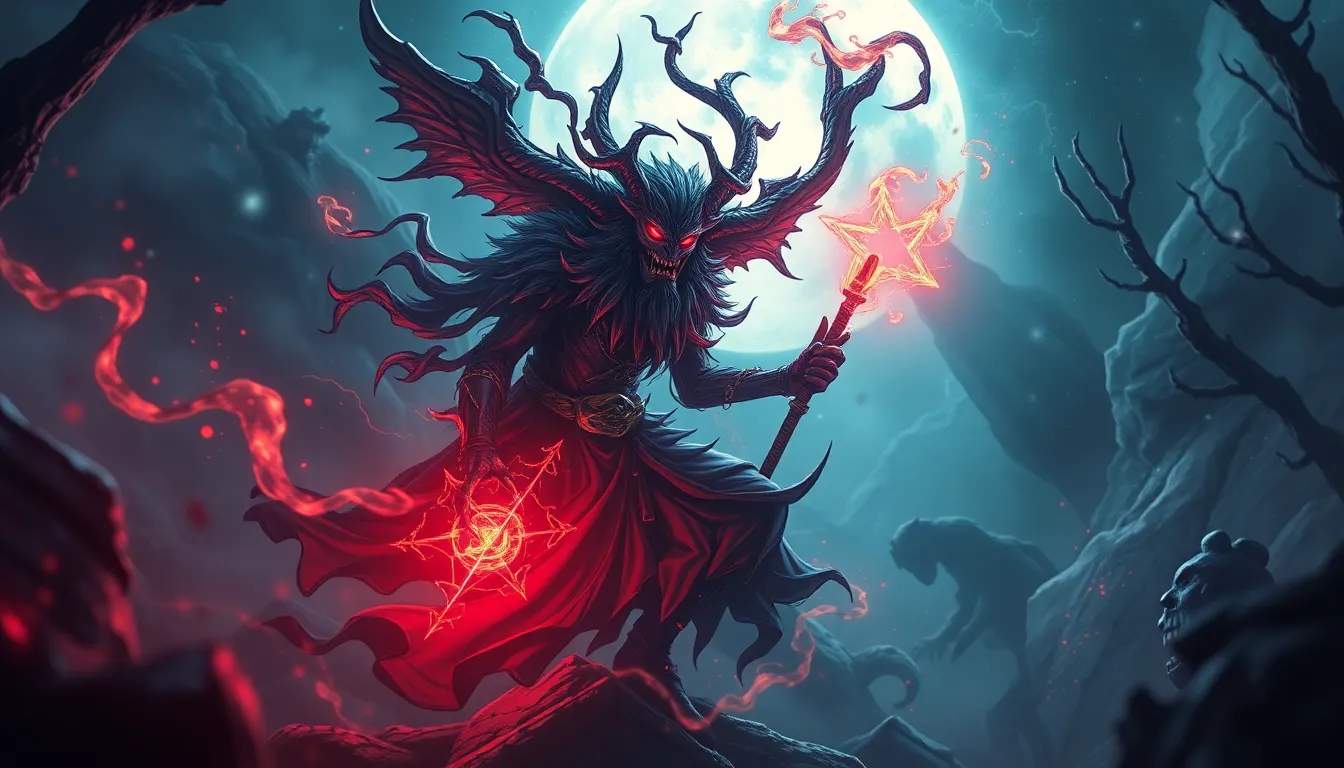The Cunning Nature of Tricksters: Myths and Legends
Introduction to Trickster Archetypes
Tricksters are fascinating figures in mythology and folklore, often characterized by their cunning, wit, and playful nature. They inhabit a unique space in various cultures, embodying contradictions and challenging the status quo. Tricksters serve as cultural figures who reveal truths about human nature, often through their mischievous actions.
Across diverse societies, tricksters play vital roles in storytelling, serving not just as entertainers but as critical commentators on human behavior and societal norms. Their stories often carry moral lessons, reflecting the complexities of life and the human experience.
Historical Context of Trickster Figures
The origins of trickster myths can be traced back to ancient cultures around the world. In many indigenous societies, tricksters were seen as essential figures in creation myths, responsible for shaping the world and introducing various elements of culture.
As societies evolved, so did the trickster archetype. From ancient Egypt’s Thoth to the Norse god Loki, these figures adapted to reflect the values and concerns of the times. Over centuries, tricksters have remained relevant, evolving with societal changes while retaining their core characteristics of cunning and cleverness.
Common Traits and Characteristics of Tricksters
Tricksters share several key attributes that define their behavior and role in mythology:
- Cunning: Tricksters are often extremely clever, using their intelligence to outsmart others.
- Wit: They possess a sharp sense of humor, often using jokes and puns to challenge authority.
- Playfulness: Tricksters approach life with a sense of fun, often blurring the lines between right and wrong.
Additionally, tricksters exhibit a dual nature; they can be both benevolent and malevolent. While they may help others and provide insights into human nature, their actions can also lead to chaos and disruption, making them unpredictable figures in any narrative.
Regional Variations of Trickster Myths
Trickster figures vary significantly across cultures, each reflecting the unique values and beliefs of their societies. Here are some notable examples:
- Native American Folklore: Characters like Coyote and Raven often embody the trickster archetype, teaching lessons through their antics.
- African Tales: Anansi the Spider is a quintessential trickster in many West African stories, known for his cleverness and ability to outwit larger foes.
- European Mythology: Figures such as Loki from Norse mythology and Hermes from Greek mythology serve as tricksters, known for their mischievous deeds and clever solutions.
The Trickster’s Role in Society and Culture
Tricksters challenge social norms and authority, often acting as catalysts for change and transformation. By pushing boundaries, they encourage society to reconsider its values and practices. Their stories often highlight hypocrisy, prompting audiences to reflect on their own beliefs and behaviors.
In doing so, tricksters serve as vital figures in cultural narratives, helping to maintain a balance between order and chaos. They remind society of the importance of creativity and flexibility in the face of rigid structures.
Psychological Theories Behind Trickster Myths
From a psychological perspective, tricksters can be seen as representations of the unconscious mind. They embody the chaotic aspects of human nature, revealing inner desires and fears that often remain hidden in everyday life.
Trickster tales can also impact human behavior and decision-making. They encourage individuals to think outside the box, challenge authority, and embrace uncertainty. This reflects the trickster’s role as a symbol of resilience and adaptability in an ever-changing world.
Tricksters in Modern Literature and Media
In contemporary storytelling, trickster figures continue to thrive. They appear in novels, films, and television shows, often reimagined to suit modern contexts. Examples include:
- Literature: Characters like the Joker in comic books and movies embody the trickster’s playful yet chaotic nature.
- Film: Movies like “The Mask” and “Deadpool” showcase protagonists who embody trickster traits, using humor and chaos to navigate their worlds.
- Television: Shows like “American Gods” feature trickster figures that challenge the status quo and explore complex themes.
The relevance of trickster figures in today’s storytelling highlights their enduring appeal and significance in understanding human nature.
The Ethical Dilemmas of Trickster Behavior
The actions of tricksters often raise ethical questions about morality and immorality. While they may act in ways that seem unjust or harmful, their stories frequently carry deeper moral implications.
For instance, in the tale of Anansi, the spider often tricks others for personal gain, yet these actions ultimately lead to valuable lessons about honesty and humility. Similarly, Loki’s mischief in Norse mythology showcases the complexities of loyalty and betrayal.
These narratives push audiences to consider the consequences of trickster behavior and reflect on their own moral values.
The Future of Trickster Myths in Global Culture
As we navigate an increasingly digital age, the evolution of trickster figures is likely to continue. New archetypes may emerge, reflecting contemporary issues such as technology, globalization, and social justice.
Modern narratives may blend traditional trickster traits with new themes, highlighting the importance of adaptability and creativity in a rapidly changing world. The potential for new trickster figures to arise in global culture suggests that this archetype will remain relevant for generations to come.
Conclusion: The Enduring Legacy of Tricksters
Tricksters hold a significant place in mythology and storytelling, offering insights into human nature and societal dynamics. Their playful yet profound narratives teach us about creativity, resilience, and the importance of questioning authority.
As we reflect on the enduring legacy of tricksters, we are reminded of their role in shaping cultural narratives and their ability to inspire change and transformation. In understanding tricksters, we gain a deeper appreciation for the complexities of life and the myriad ways in which we navigate our world.



